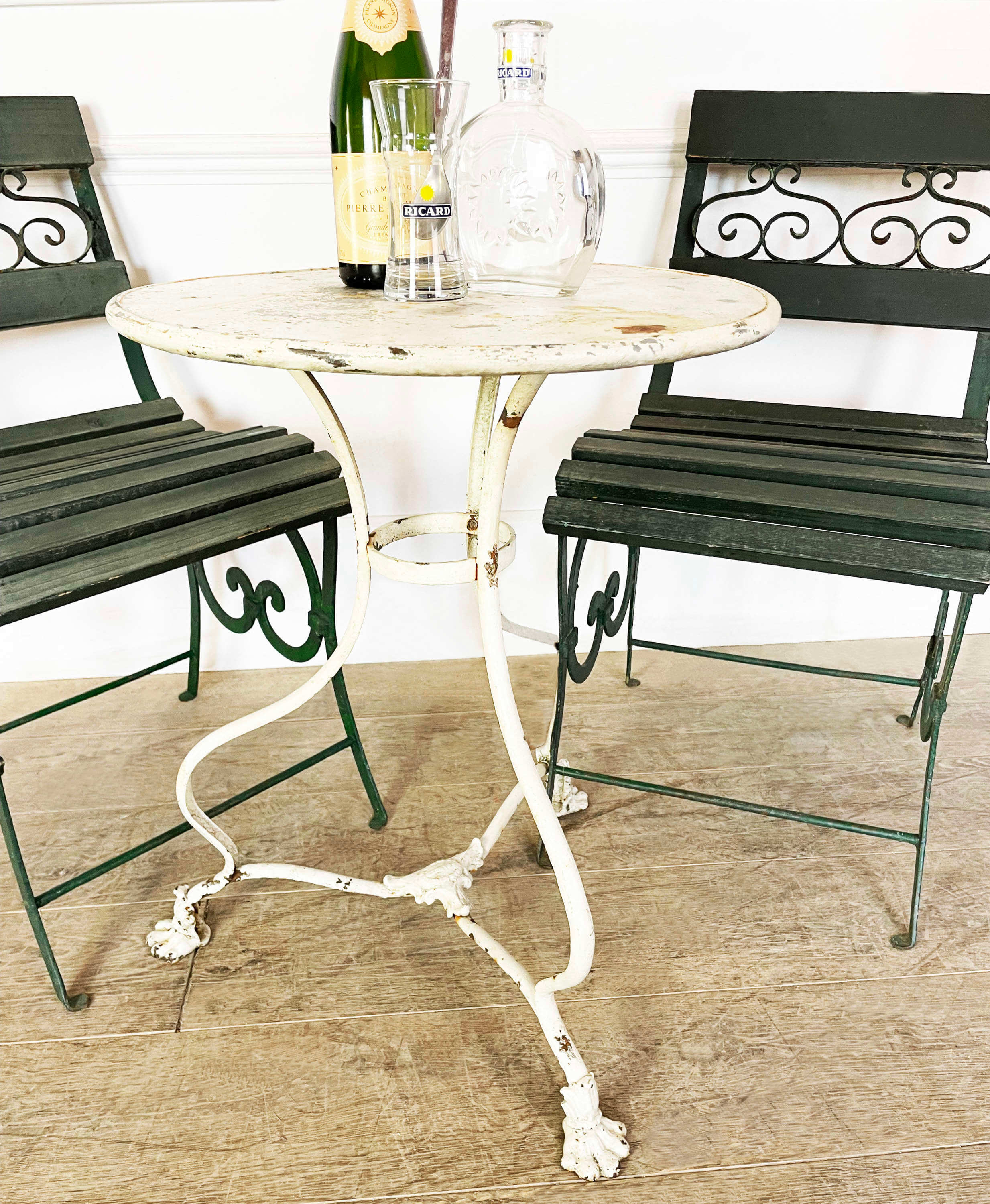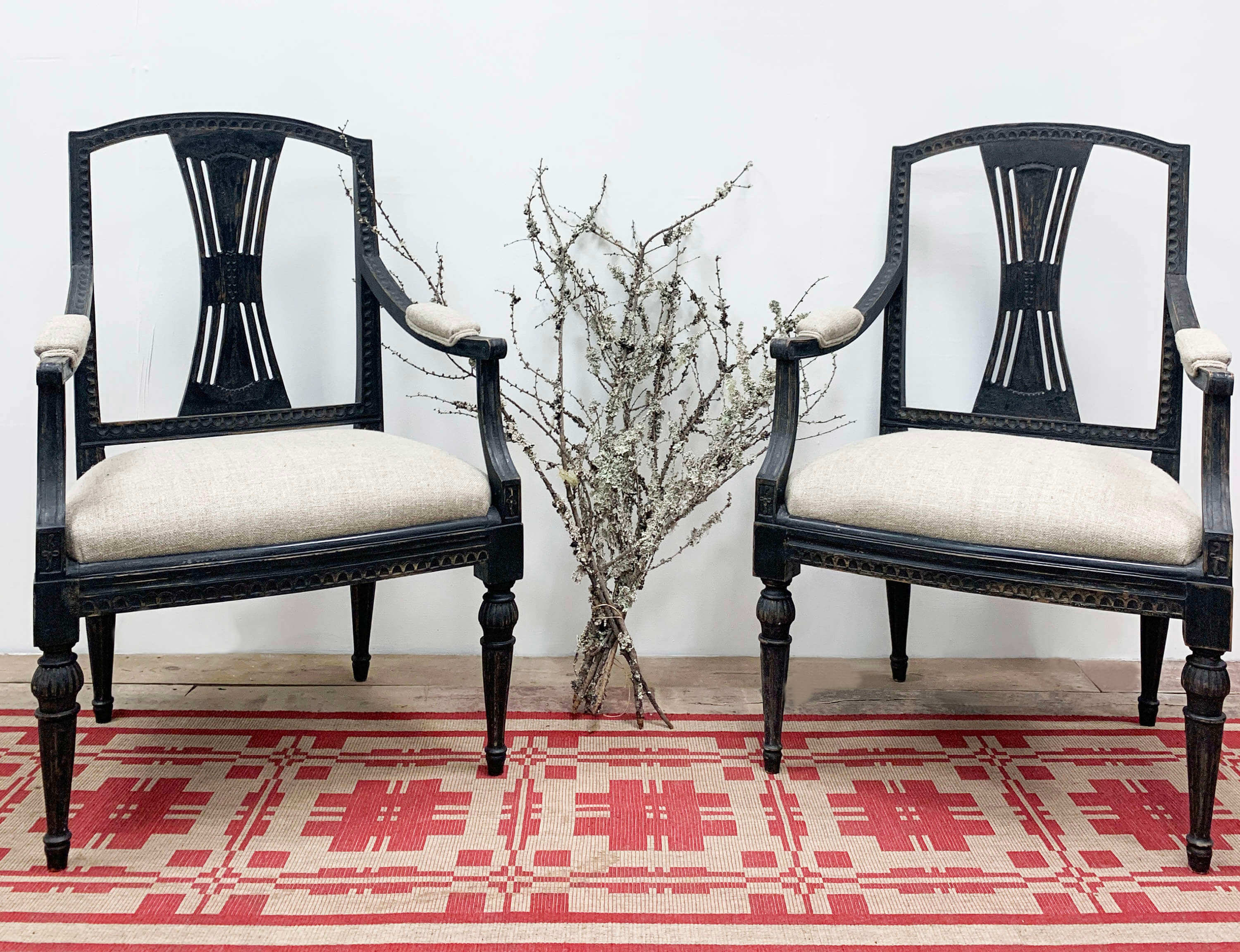A common mistake made by dealers when writing descriptions of their pieces is to just describe the item in a literal sense. As mentioned in one of our previous articles, people buy with emotions first, and logic second so it’s important that your item descriptions strike a chord with buyers from an emotional standpoint.
Emotion will be at the core of their thinking process. This is just how the brain works (as countless amounts of research into sales psychology illustrates) and their decision as to whether to buy the item will come from thoughts such as:-
- Do I love it?
- How is having this going to make my life better?
- Will it make me happy?
- Is this item going to remove a pain or annoyance in my life?
- Can I show it off to my friends at a dinner party?
- What emotions am I feeling when picturing myself with this piece?
- Am I feeling relieved? Calm? Peaceful? Energised? Sophisticated?
As such it’s really important to not only list the features of a piece when writing a product description, but think emotionally from a buyer’s point of view. A study conducted by Nielsen Norman Group has shown that 20% of unsuccessful purchases are due to a lack of a relevant product description.
How art and antique dealers can write better item descriptions...
When people buy antiques, most of the time what they are really buying is a lifestyle, whichever lifestyle and emotions a specific item conveys to them. So how can we write item descriptions that satisfy our buyers emotional needs and sell a lifestyle?
We’ve spent some time researching this, and here is what we’ve found...

Image courtesy of Appley Hoare Antiques
1) Sell the lifestyle
Sell a lifestyle by showing the buyer how they will experience the piece and what emotions it will inspire.
Photograph the item in a setting, with companion pieces to give the photography a look and feel. This is why we usually recommend taking lifestyle / curated shots rather than using whited out backgrounds. You can read more about this by clicking here.
2) Use sensory words
Use sensory words to create a connection to the senses. Words like "beautiful", “vibrant”, “sharp”, “divine”, “mysterious” and “exotic” can help bring the piece to life in the buyer’s mind and make them feel like they already own it.
Which sensory words would you use in your description?

Image courtesy of Appley Hoare Antiques
3) Cut through rational barriers by telling a story
Make buyers feel emotionally connected to the piece by providing provenance, history of the item, and the story of it how it came to be. Perhaps also explain what made you love it enough to buy it as a dealer, and what inspires you about it.
4) Avoid generic descriptions
Phrases such as “excellent quality” are the kind of things that all kinds of sellers use to describe their items, whether that be a beautiful piece of art, an antique…. or something boring like a dishwasher!
When a potential buyer reads “excellent quality” they think, “Yeah, yeah, of course. That’s what everyone says” or it just doesn't even register because it's the kind of description you see on everything.

Image courtesy of Appley Hoare Antiques
5) A personal touch
People buy from people, and it’s really important NOT to forget that when selling art & antiques online. Just as it’s really important to have good quality photography, if you want to sell an item that a buyer is likely to not see in person before buying it then you need to do what you can, where you can, to add a personal touch.
So have fun with writing the item description, talk about what you love about it, and why you think it’s a great buy.
Now all the tips above don’t mean that you need to write an essay about the piece; as that could have the opposite effect and nobody will read the item description. We tend to find between about 100 and 175 words is the sweet spot, and also keeps Google happy.
In conclusion, using emotive words in your item descriptions is a powerful tool that can help you create a more engaging and persuasive description which helps turn into sales. By tapping into the reader's senses, you can create a vivid image in their mind and inspire them to make a purchase. So next time you are describing a piece, take the time to choose your words carefully, and you will see the difference in your sales.
Don't also forget to ensure your photography does the same job. You can read more about our photography tips on our blog. Some relevant articles are linked below:-
Related articles












